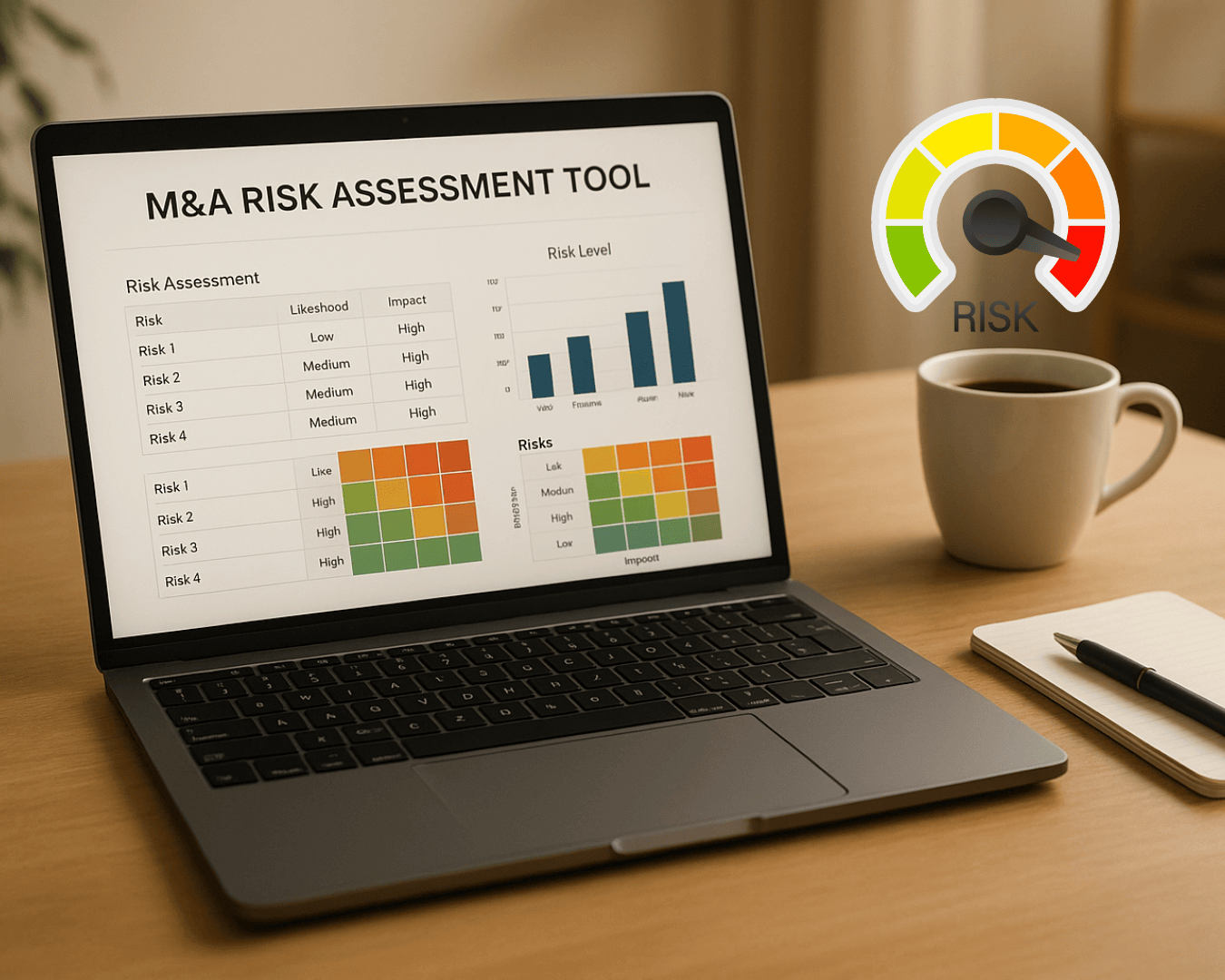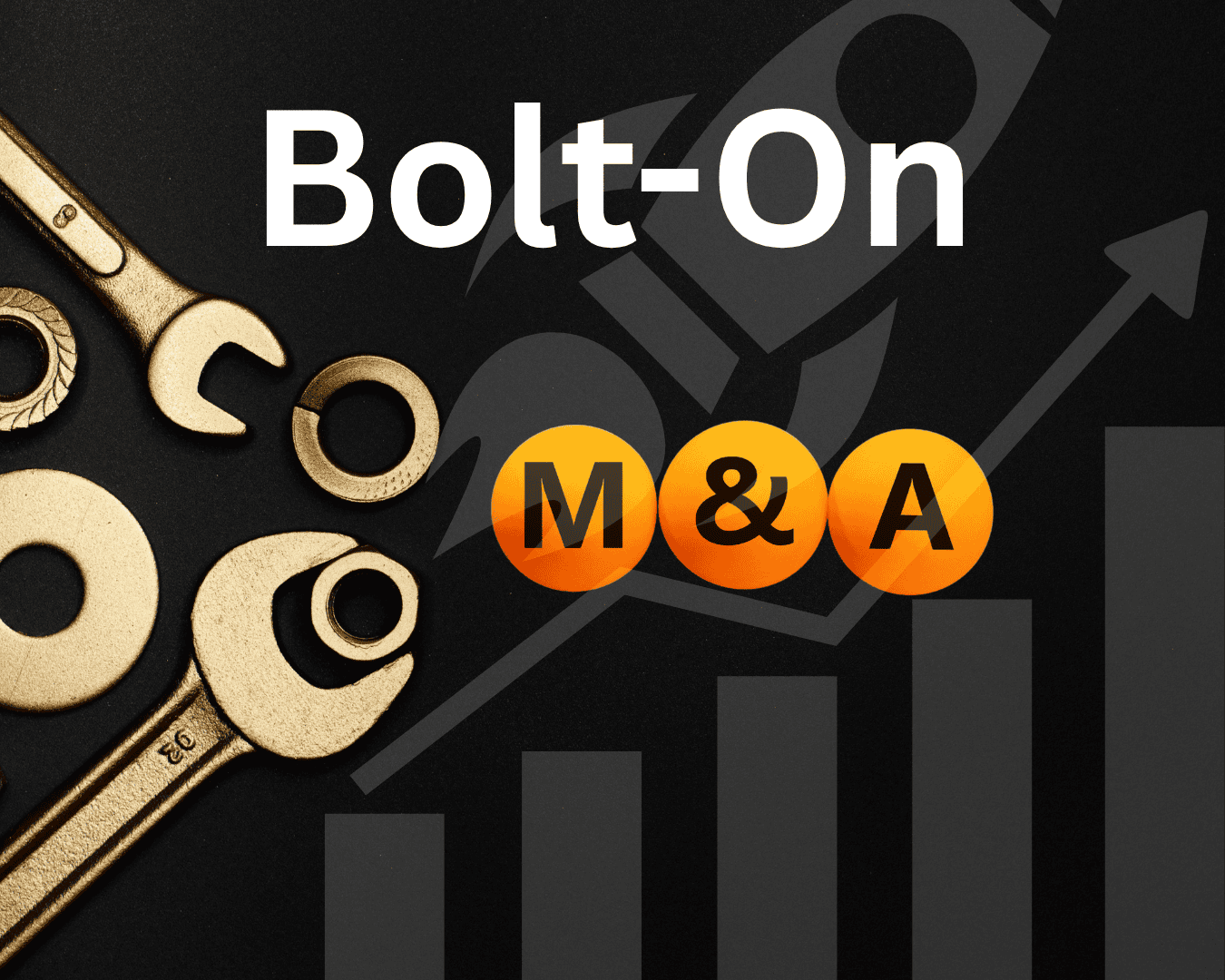When buying a business, two key factors matter most: alignment (shared values, goals, and operations) and financial fit (solid numbers like revenue, cash flow, and growth potential). Both are crucial for success, but they serve different roles:
- Alignment ensures smooth integration, better employee retention, and fewer conflicts.
- Financial fit guarantees stability, manageable costs, and room for growth.
Ignoring either can lead to problems like cultural clashes or financial strain. The best acquisitions balance both to achieve long-term success.
| Factor | Focus | Risks of Misalignment |
|---|---|---|
| Alignment | Values, culture, operations | Team conflicts, leadership issues |
| Financial Fit | Revenue, cash flow, investment | Cash flow problems, stunted growth |
Want a successful acquisition? Combine cultural alignment with financial due diligence from day one.
The Hidden Challenges of Mergers & Acquisitions: Why Culture Fit Matters
Business Alignment in Practice
Let's break down the practical benefits of alignment and the challenges that arise when it's lacking.
Benefits of Strong Alignment
When teams and cultures align, integration becomes smoother and more productive. Here are some key benefits:
- Faster Integration: Teams that align well can merge operations with minimal disruptions, keeping productivity on track.
- Better Employee Retention: A shared culture encourages employees to stay, reducing turnover.
- Simpler Decision-Making: Similar management styles lead to quicker, more effective decisions after an acquisition.
Challenges of Misalignment
When companies fail to align, the challenges can outweigh potential financial gains. Here’s what can go wrong:
- Cultural Conflicts: Differences in work styles, communication, and values can cause:
- Lower productivity
- Increased stress
- More team conflicts
- Resistance to changes
- Operational Hurdles: Differing approaches to operations can make even basic tasks difficult. For instance, if one company focuses on speed while the other prioritizes thorough planning, project timelines might clash.
- Leadership Issues: Mismatched management styles can confuse teams and stall progress, leading to:
- Mixed messages and unclear priorities
- Delayed decisions
- Lack of strategic direction
To avoid these pitfalls, many companies take proactive steps to ensure smoother integration.
Examples of Successful Alignment
Some companies have nailed alignment by focusing on preparation and communication. Here’s how:
- Pre-Deal Planning: Success often starts with early alignment efforts, such as:
- Assessing cultural compatibility
- Establishing clear communication plans
- Setting specific integration goals
- Regularly reviewing progress
- Active Leadership: Frequent meetings, open feedback channels, and a clear shared vision help keep teams aligned.
The secret to lasting alignment? Treat it as an ongoing effort. Regular evaluation and adjustments ensure alignment stays strong during and after integration.
sbb-itb-a3ef7c1
Financial Fit Fundamentals
For any successful acquisition, financial compatibility is a non-negotiable. It's the backbone that ensures long-term stability and operational success. Below, we break down how financial alignment fosters growth and why mismatches can lead to major setbacks.
Why Financial Alignment Matters
When the numbers align, businesses can enjoy smoother operations and better growth opportunities. Here's how:
- Aligned working capital keeps daily operations running without hiccups.
- Debt servicing capabilities ensure obligations are met without financial strain.
- Room for strategic investments allows for future expansion and innovation.
- Balanced financial profiles provide protection against market ups and downs.
This strong financial foundation frees up resources for growth-focused initiatives instead of just managing day-to-day challenges.
The Risks of Financial Misalignment
On the flip side, poor financial alignment can create immediate and long-term problems.
Short-Term Issues:
- Cash flow problems caused by mismatched working capital
- Inability to meet debt obligations
- Limited funds for necessary improvements
- Unplanned integration costs spiraling out of control
Long-Term Consequences:
- Stunted growth and missed opportunities
- Increased vulnerability during market downturns
- Higher borrowing costs
- Reduced ability to adapt strategically
| Financial Gap | Impact | How to Avoid It |
|---|---|---|
| Working Capital Issues | Cash flow disruptions | Conduct cycle analysis |
| Poor Debt Structure | Financial strain | Assess debt capacity |
| Revenue Instability | Unpredictable results | Study revenue patterns |
| Cost Mismanagement | Operational inefficiency | Use detailed cost models |
Real-Life Success Stories
Businesses that get financial alignment right often follow a clear two-step approach:
Before the Deal:
- Conduct thorough due diligence, including cash flow projections.
- Analyze debt capacity to avoid over-leveraging.
- Estimate integration costs to prevent surprises.
After the Deal:
- Monitor performance regularly to catch issues early.
- Allocate resources strategically to maximize impact.
- Continuously assess risks and adjust plans as needed.
Financial alignment isn’t a one-and-done task. It requires constant monitoring and fine-tuning to ensure stability and support growth over time.
Combining Alignment and Financial Goals
Combined Assessment Methods
Merging alignment with financial fit requires a thorough approach that evaluates both cultural and monetary aspects side by side. This is where dual-track evaluation comes into play:
Dual-Track Analysis
- Leadership reviews paired with cash flow analysis
- Risk assessments addressing both cultural and financial factors
- A balanced scorecard giving equal weight to both elements
This combined approach helps leaders make well-rounded decisions, considering both immediate priorities and future objectives.
Management Decision-Making
Balanced assessments guide leaders in navigating the tension between short-term demands and long-term strategies:
Short-term vs. Long-term Considerations
- Immediate returns vs. integration expenses
- Quick wins vs. sustained organizational health
- Timing of investments vs. cultural shifts
Resource Allocation Framework
| Priority Area | Financial Focus | Cultural Focus | Combined Impact |
|---|---|---|---|
| First 90 Days | Cash flow management | Team integration | Operational stability |
| Year 1 | Revenue synergies | Values alignment | Growth foundation |
| Years 2-3 | Market expansion | Leadership development | Scalable growth |
Tools for Acquisition Management
To put these evaluations into action, acquisition tools now incorporate both financial and cultural metrics. For instance, Clearly Acquired's platform provides:
Key Features for Balanced Assessment
- Advanced search capabilities for filtering financial and business alignment
- Deal management tools tracking both cultural and financial due diligence
- Automated NDA systems to safeguard sensitive data
- Verification features to ensure claims are accurate
Custom dashboards allow leaders to monitor key performance indicators (KPIs) across both areas, keeping everything in check.
Integration Planning
- Workflow tools to manage financial and cultural milestones
- Dedicated communication channels for all stakeholders
- Progress tracking to ensure both dimensions stay on course
Conclusion: Finding the Right Balance
Tips for Acquisition Teams
To achieve success in acquisitions, it's essential to address both cultural alignment and financial analysis. Here's how:
Cultural Due Diligence
- Conduct in-depth interviews with leadership to understand values and management styles.
- Evaluate operational processes and team interactions for compatibility.
- Review organizational structures to identify potential challenges or synergies.
Financial Verification
- Go beyond surface metrics to study historical performance trends.
- Assess the potential for growth within the current market landscape.
- Examine working capital needs and cash flow patterns for better financial planning.
These steps are crucial for managing risks and creating a solid integration strategy.
| Focus Area | Key Metrics | Evaluation Tools |
|---|---|---|
| Cultural Fit | Leadership style, values alignment, team dynamics | Interviews, culture surveys, org charts |
| Financial Health | Revenue growth, EBITDA margins, working capital | Financial statements, market analysis, cash flow projections |
| Integration Strategy | Integration costs, synergy potential, risk factors | Due diligence checklist, ROI calculator |
Keys to Long-Term Success
Beyond initial due diligence, long-term success depends on structured planning and continuous evaluation. Here's what to focus on:
Integration Planning
- Set clear milestones for 90 days, 6 months, and 1 year to guide progress.
- Establish open communication channels across teams and departments.
- Manage expectations around cultural and financial goals to avoid misalignment.
Performance Monitoring
- Monitor both numerical data and qualitative feedback, such as team satisfaction.
- Conduct regular reviews to ensure retention and morale stay on track.
- Measure progress against the milestones you’ve established.
Risk Management
- Find the right balance between cutting costs and maintaining team morale.
- Address cultural clashes early to prevent disruptions in operations.
- Make financial choices that prioritize the company’s long-term stability.













.png)








































%20Loan%20Application%20Checklist.png)







































.png)
%20Loans%20%26%20Your%20Buy-Side%20Edge.png)














